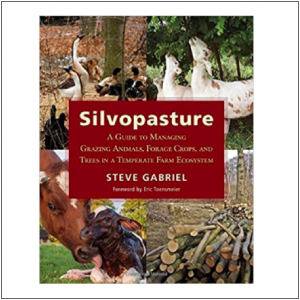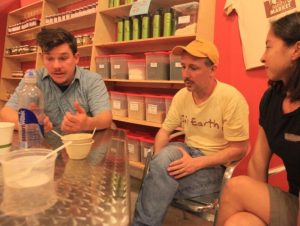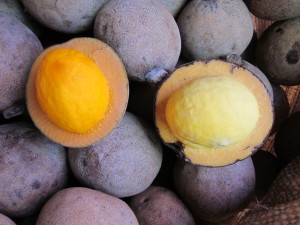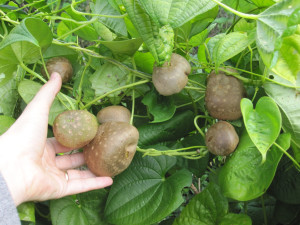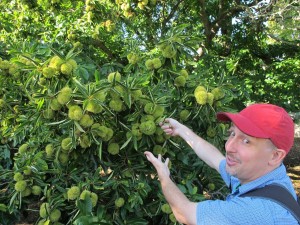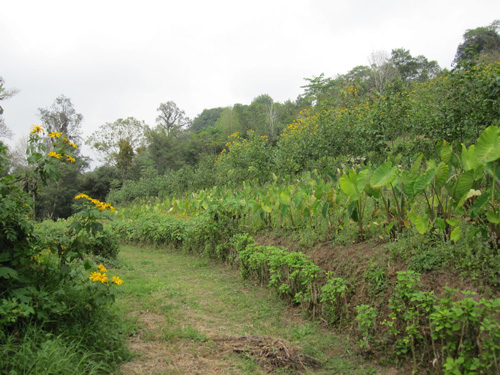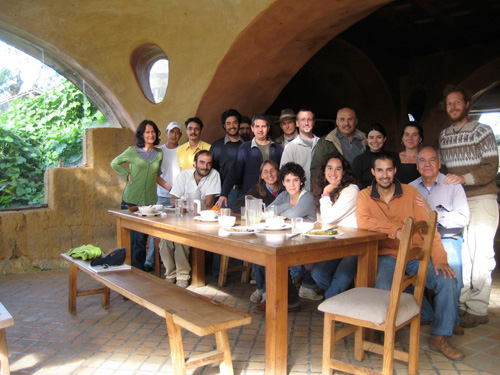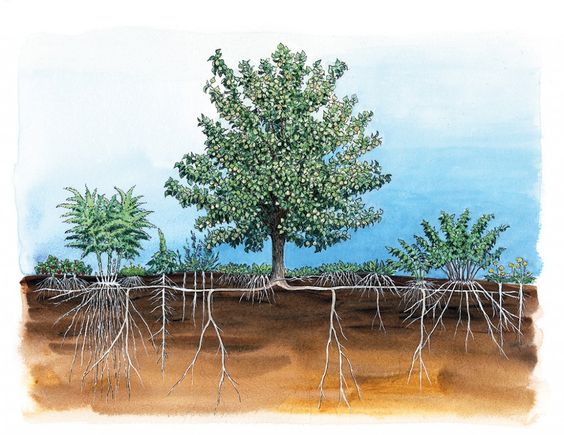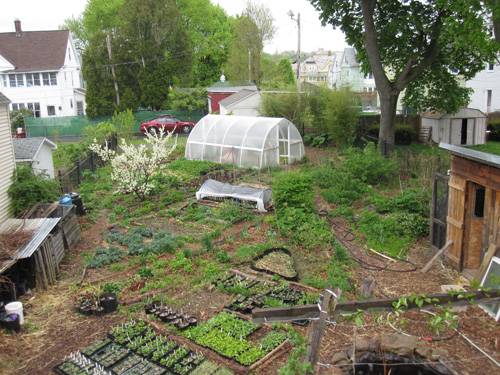This article is an excerpt from my forthcoming book Carbon Farming: A Global Toolkit for Stabilizing the Climate with Tree Crops and Regenerative Agriculture Practices, and is part of a series promoting my kickstarter campaign to raise funds with which to complete the book.
Siberian Pea Shrub (Caragana arborescens). This shrub from Siberia and other semiarid parts of Northeastern Asia is remarkably cold hardy – tolerating temperatures below -40, the frigid temperature where Celsius and Fahrenheit overlap. It is widely used for windbreak, nitrogen fixation, livestock fodder, and erosion control in the world’s cold regions. It is particularly common in the Canadian prairies, where hundreds of miles of pea shrub windbreaks have been planted.
Siberian pea shrub produces fairly high yields of small beans. Canadian farmers use the beans as survival food, boiling them in several changes of water in lean years to remove the bitterness. That doesn’t quite meet my definition of edible. However, Facciola’s Cornucopia: A Source Book of Edible Plants reports the dry beans contain up to 36% protein – very similar to soybeans.
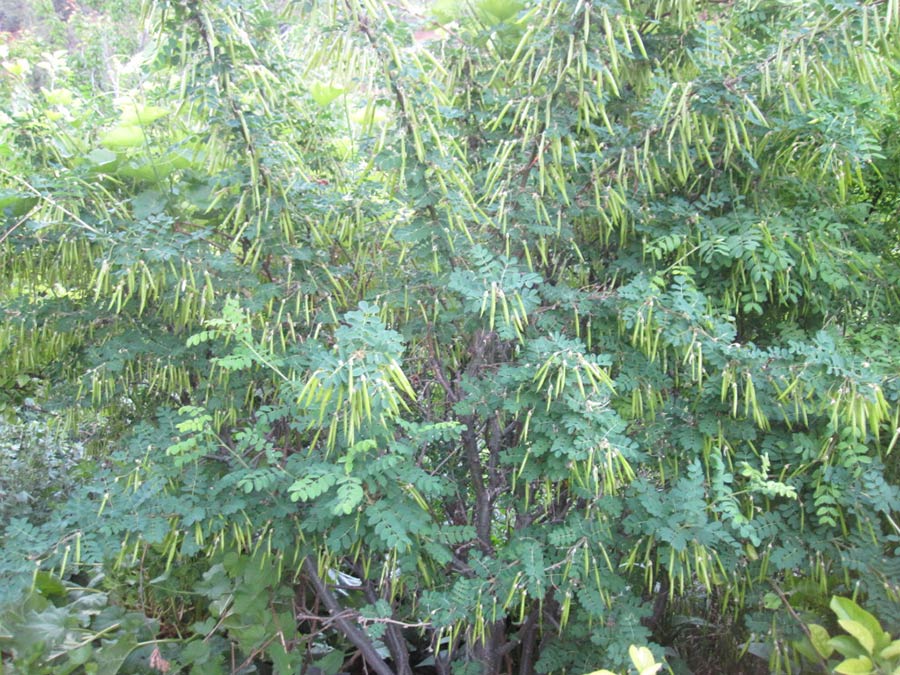
Somewhere out there in the wilds of Siberia or in a lonely windbreak in Saskatchewan, the perfect edible pea shrub may very well already exist. This crop offers the potential for a long-lived woody protein crop for the world’s boreal forests and grasslands, semi-arid mountains, and other inhospitable climates. Screening existing populations for edibility, and breeding lines of truly edible pea shrubs should be a high priority for researchers in cold and arid climates, including backyard and amateur breeders. Breeding techniques were worked out in the 1960s in Canada for shelterbelt purposes (Cram, E.H. “Breeding and Genetics of Caragana”, The Forestry Chronicle, p. 400-401 (1969)), which gives us a head start. This species has naturalized in some parts of the US and Canada.

